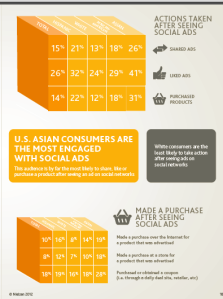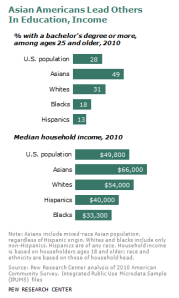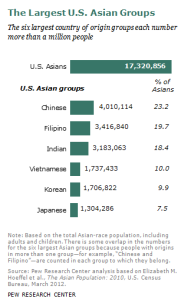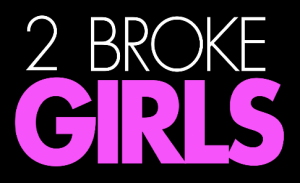By Dennis Clemente
If you’re Asian watching this, you’ll exclaim, how thoughtful can this ad be?! There are nice, endearing touches to the piece that makes Subaru’s “Sweet Tomorrow” TV commercial probably the best depiction yet of an Asian American family.
In one vignette after another, you see the Asian American family depicted just like everybody else, except they’re the main characters, not the extras or obligatory ethnic inclusion for the client to hit all its demographic target.
It’s admirable how the ad manages to avoid tropes and stereotypes, as resorted to at times by some ad agencies with a vague understanding of Asian culture. Just for your reference, this is a Chinese American family you’re watching.
The ad ultimately won me over when we we’re shown the guy shielding his wife and her pregnant tummy from cyclers passing by. In the scene, you’ll see the wife on the safe side of the road, the curb–a common practice by Asian men toward Asian women, and passed on to second-generation Asian Americans.
Clearly, Subaru has taken the slice-of-life scenario to a whole new level. It paints a picture of America as we know it–peopled also by other cultures embracing American culture. The logo appears: Subaru.
Job well done, Subaru and your “Sweet Tomorrow” commercial.



